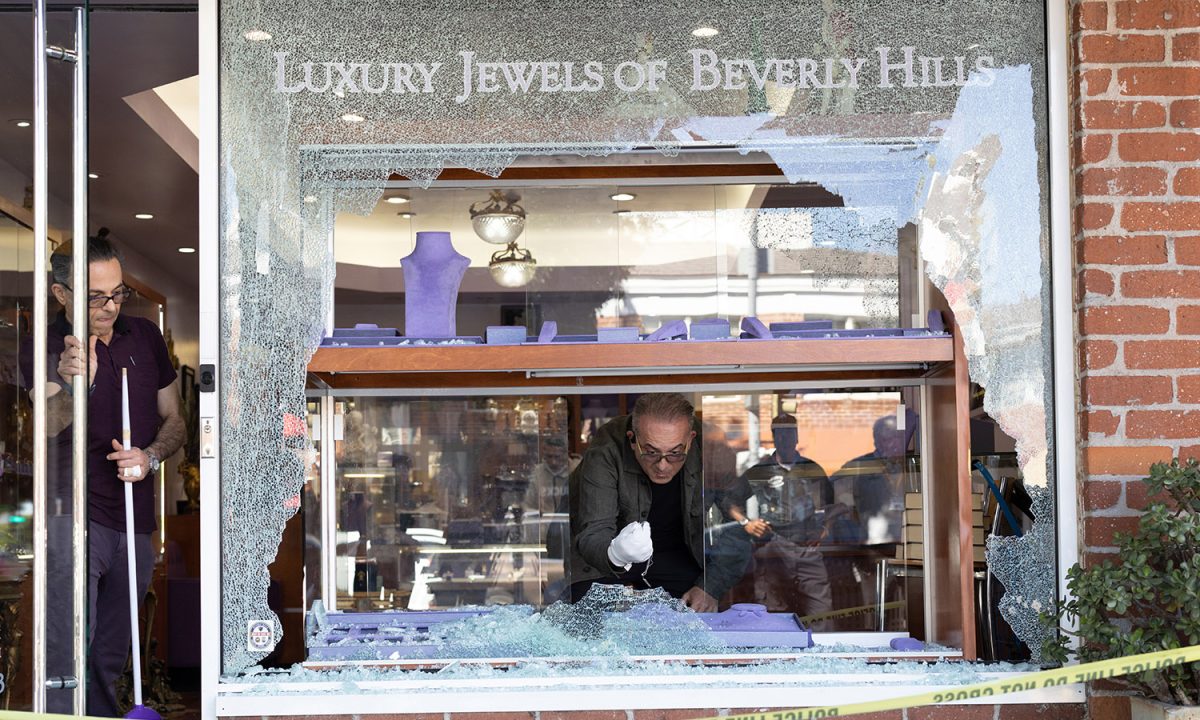At its March 27 meeting, the Beverly Hills Planning Commission directed city staff to draft an ordinance that would allow developers of Builder’s Remedy projects to bypass the city’s discretionary review process in exchange for adhering to certain standards set by the city.
Commissioners agreed that the plan, known as the ministerial permit process, is a mutually beneficial one. Developers will be able to move their projects along faster, and city officials will have more say in the projects, some of which exceed the city’s existing development standards, such as height limitations.
“What we are trying to do here is incentivize [developers] to moderate what they’ve requested in exchange for a quicker process and certain restrictions that they are not currently subject to under the Builder’s Remedy authority,” said Commission Chair Terri Kaplan.
Beverly Hills is currently processing 14 Builder’s Remedy projects. Submitted when the city did not have a certified housing element in place, those projects avail themselves of a state law that allows developers to sidestep some municipal development codes by providing a certain number of affordable housing units.
Some residents and officials in Beverly Hills have opposed Builder’s Remedy projects, saying they’re out of scale with other buildings in the city. The city has little discretion in approving or denying the applications.
However, the projects are subject to a discretionary review process, which can take six to 12 months. The ministerial permit process would allow developers to skip that process provided they adhere to permitting standards set by the city. Under the ministerial process, public hearings would be eliminated, as would the requirement for review under the California Environmental Quality Act.
The prospect of a ministerial permit process was first discussed by the City Council on Jan. 28 at a Study Session. Councilmembers were largely in favor of the idea and sent the issue to the Planning Commission for a hearing.
During the March 27 meeting, the city’s Principal Planner Cindy Gordon presented staff recommendations for standards that developers of Builder’s Remedy projects would need to meet to be eligible for the ministerial permit process.
Those include a building height limitation of 85 feet, measures to restrict visibility from balconies that overlook residential areas, prohibitions on the use of common outdoor areas past 10 p.m. and a ban on amplified sound in all outdoor areas, including balconies.
Nearly a dozen individuals who live and work in the city spoke during public comment. Most were in favor of the ministerial permit process.
Several members of Unite Here Local 11, a union that represents hospitality workers in Southern California, asked commissioners not to allow hotels to utilize the ministerial permit process, arguing that it would misappropriate laws intended to create more housing.
Speaking through a Spanish translator, David Jolla, an employee of the Beverly Wilshire Hotel, said, “Housing laws should be used to encourage housing.”
“Sometimes attempts to streamline housing are highjacked in the service of high-end commercial development of hotels,” he said, citing a project in Santa Monica that began as a residential development and later added a hotel.
During discussion, commissioners requested small changes to staff’s proposed language. Commissioner Gary Ross asked that references to amplified sound specify prohibitions on rooftops as well as balconies.
Ross also asked that the proposed standards reference existing city code that details restrictions on beaming light.
Kaplan and Ross both asked staff to check whether developers are required to provide the same quality appliances to market rate units and affordable housing units.
“I think that the level of finishes is required to be equivalent between a market unit and an affordable unit,” said Kaplan, “which suggests to me that the state’s intention and law is that the level of finishes and the specific brand name of the appliance” be the same in both types of units.
City staff will now draft an ordinance that will come back before the Planning Commission before going before the full City Council.







